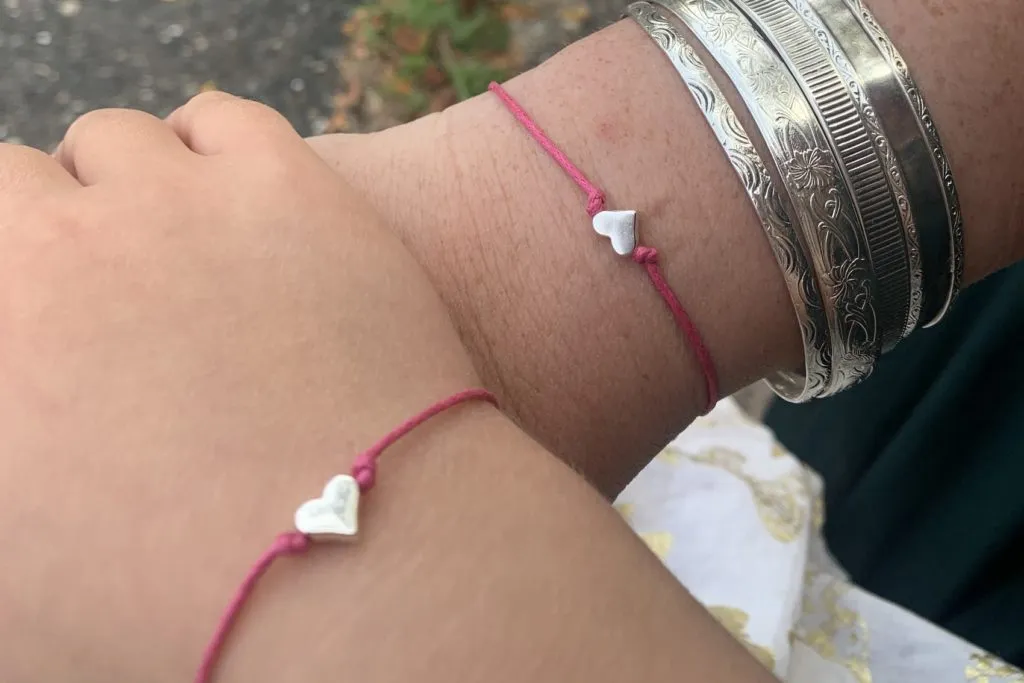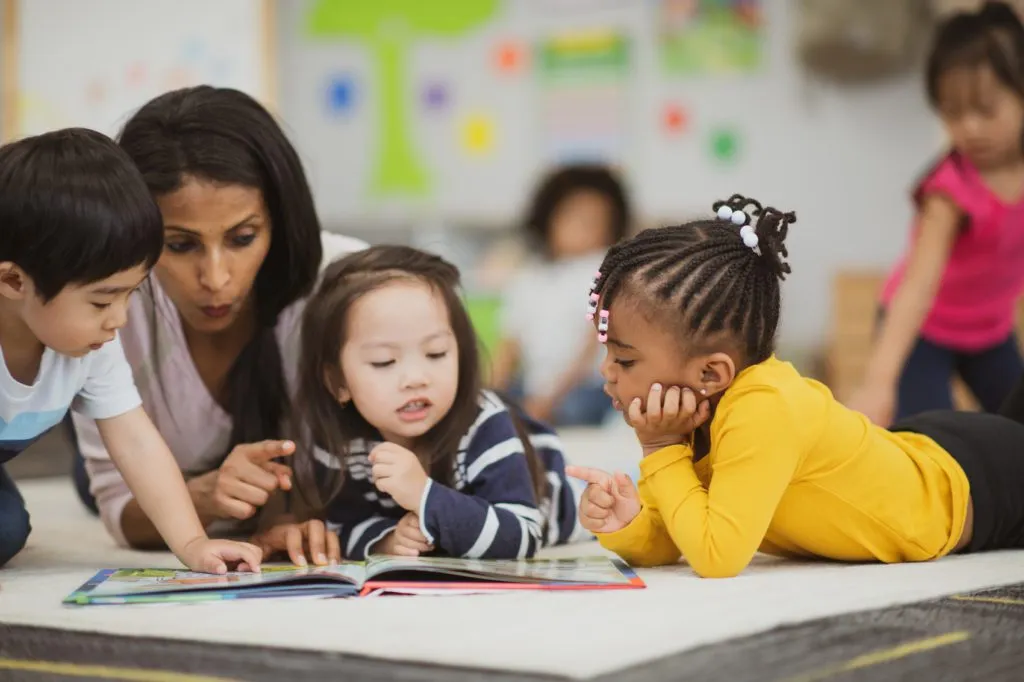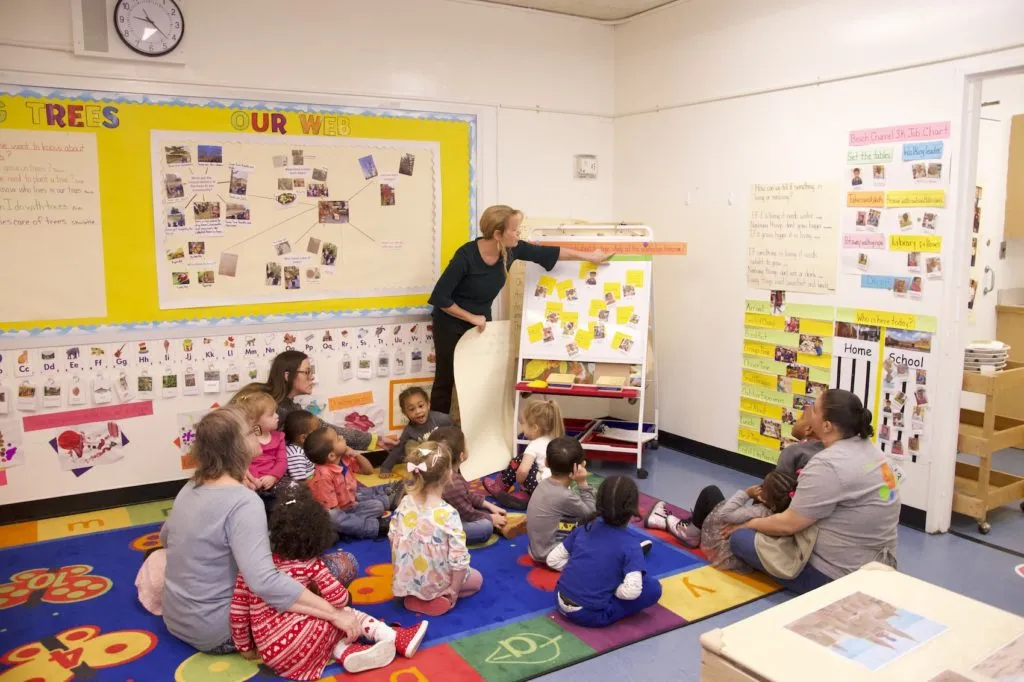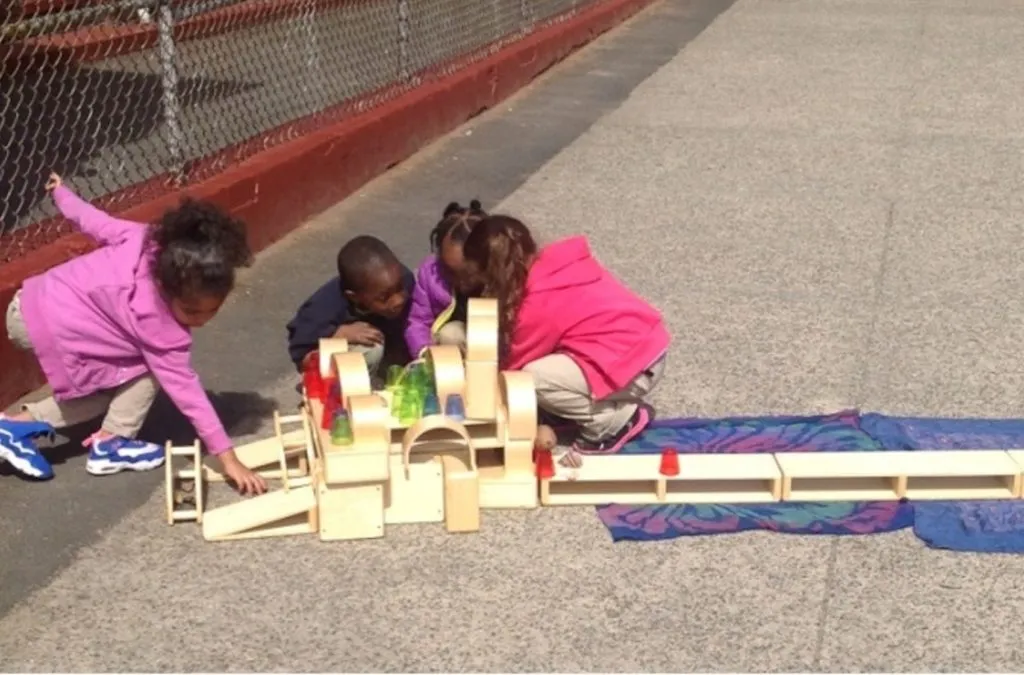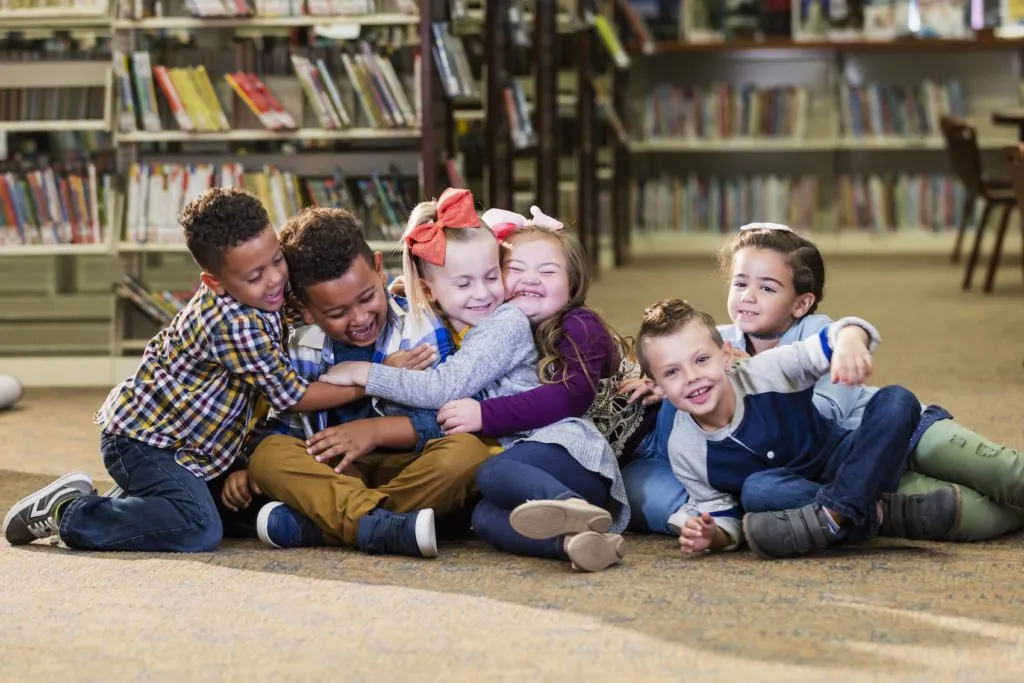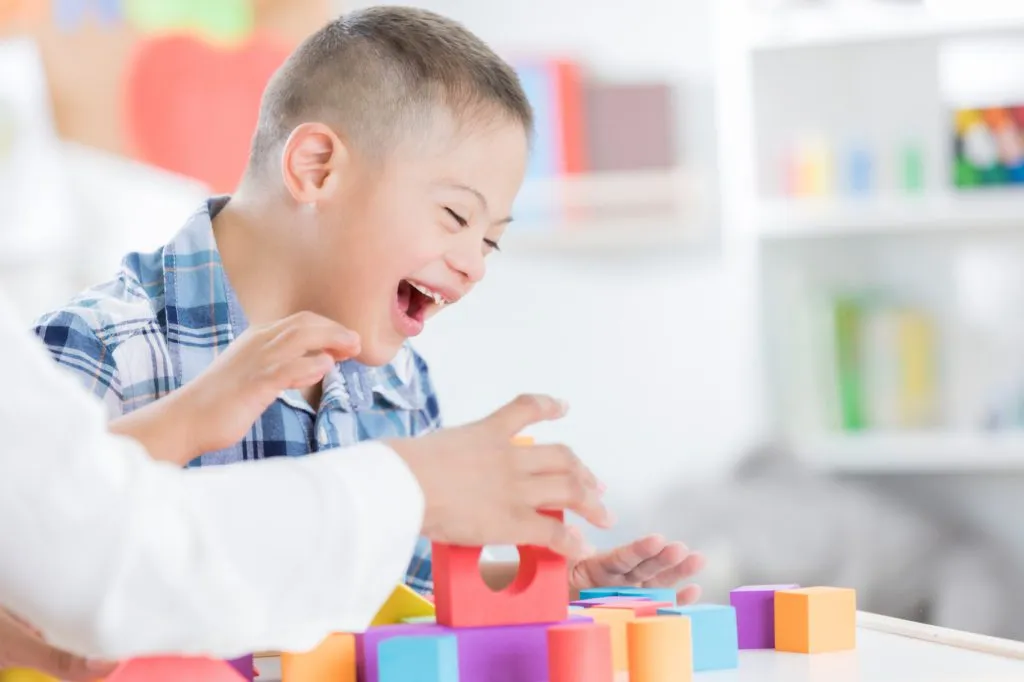Educating the Whole Child: Recognizing and Celebrating Diversity
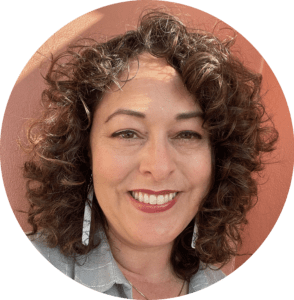
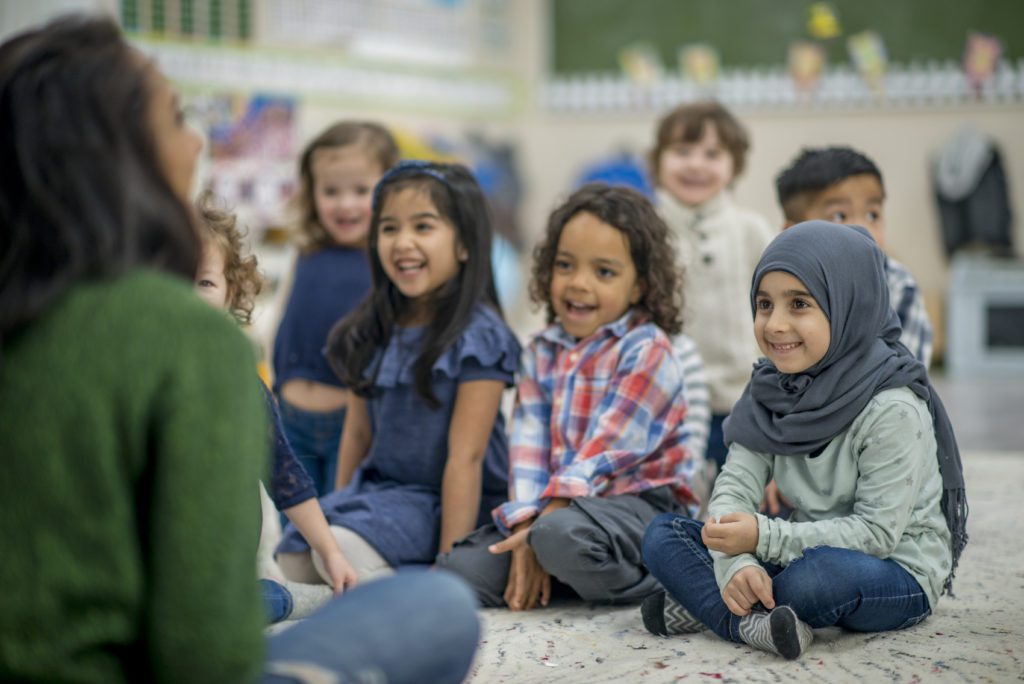
Years ago, there was a popular bumper sticker that read “Think globally, act locally.” This is what comes to mind when I think of how we as early childhood educators consider our work with topics such as diversity, equity, and inclusion. In the past year or so, communities around the United States and across the globe have been reflecting on what it means to be part of a multicultural society. This topic, and the feelings and questions it raises, can be complex, but when we think of how we teach young children about these concepts, it helps to think “small.”
Let’s begin with our philosophy and approach at Teaching Strategies. At the heart of everything we do is the individual child. When we think of each child individually and consider what they know, who they love, what they see and hear in their everyday lives, what they enjoy, what scares them, what delights them, and what motivates them, the task becomes a bit more focused.
An analogy I use when thinking about introducing concepts around diversity to young children is how young children develop—from the center out. Just as babies must develop their core muscles first to roll over, sit up, and crawl, preschool children first develop their sense of self and their sense of family and community. So, what are these “core muscles” we support in our curriculum?
The words that we choose matter.
Throughout our materials, we intentionally choose names, pronouns, terms, and phrases that celebrate the diversity of the children and families we serve. Our goal is to use language that is as inclusive as possible.
- Family Experiences: We use inclusive terms like home, family, and “family members.”
- Strengths-Based, Child-Centered Language: In our 38 objectives for development and learning, you will notice we use terms like “traveling skills” to include all children—to be inclusive of children who walk or use a wheelchair, walker, or any other assistance device to move from one place to another. You might also notice that we invite and encourage children to participate in learning experiences. For us, this emphasizes that we see teachers as learning partners along with the children.
- Gender: We refer to children or everyone instead of “boys and girls.” We use the pronouns they/them in addition to he/him and she/her, and we offer “Non-binary” and “Prefer not to say” options in GOLD child profiles.
- Spanish translation and transadaptations: Our Spanish materials are translated and transadaptated to build on prior knowledge and celebrate the cultural and linguistic diversity of Spanish-speaking children.
Our materials reflect our intentional approach to inclusion.
- Foundation Volumes: Each volume includes guidance to individualize learning experiences and interactions and to ensure they are reflective of the children’s community. For example, in Volume 1: The Foundation, you will find “Individual Differences” and “How Culture May Impact” sections focused on social–emotional, physical, cognitive, and language development.
- Daily Resources: You can find targeted guidance to support children who are English-language learners and children with disabilities in the “Including All Children” sections throughout our daily plans and Intentional Teaching Experiences.
- Teaching Guides: Even the study topics we offer are intentionally chosen to reflect and celebrate the diversity of your local community! Topics like clothes and buildings allow all children to see themselves and their community. We encourage teachers to focus on what the child can see and experience with their families, such as trips to the local laundromat or hardware store. These study topics also allow families to be the “star” in their children’s class! What is more thrilling than having your very own family member visit the classroom (in person or via video call) as a community expert to talk about their job related to the study topic? We want to celebrate all the helpers in our community with each study! We want children to see how the people in their community contribute!
- Children’s Book Collection: Our goal for the books we include in our Children’s Book Collection is for every child to see themselves and their family. Regardless of the child’s background, family composition, abilities, race, gender, or ethnicity, we want children to connect with the characters they see in literature.
What are children learning about diversity?
In a The Creative Curriculumclassroom, where these elements of diversity, equity, and inclusion inform interactions and experiences, the children are learning
- the language to describe themselves and their family,
- the ability to recognize their own feelings and the feelings of others,
- how to notice and describe what they have in common with each other and how they are different,
- practice using social skills to treat each other with fairness and kindness, and
- how to demonstrate confidence to stand up for themselves and for others.
These are lessons children are learning every single day, whether we adults are aware of it or not. As we model these lessons, we are demonstrating what it looks like to recognize and celebrate the diversity of the people around us.
Though this can be a sensitive topic for many adults, children are just beginning their understanding of their world. I sincerely hope we at Teaching Strategies, and the materials we create, can help you with our supportive strategies and suggestions for creating a learning environment that intentionally celebrates diversity each and every day.

An Early Childhood Educator’s Guide to a Whole-Child Approach
For everything you need to know about the whole-child approach, download our free eBook today.
